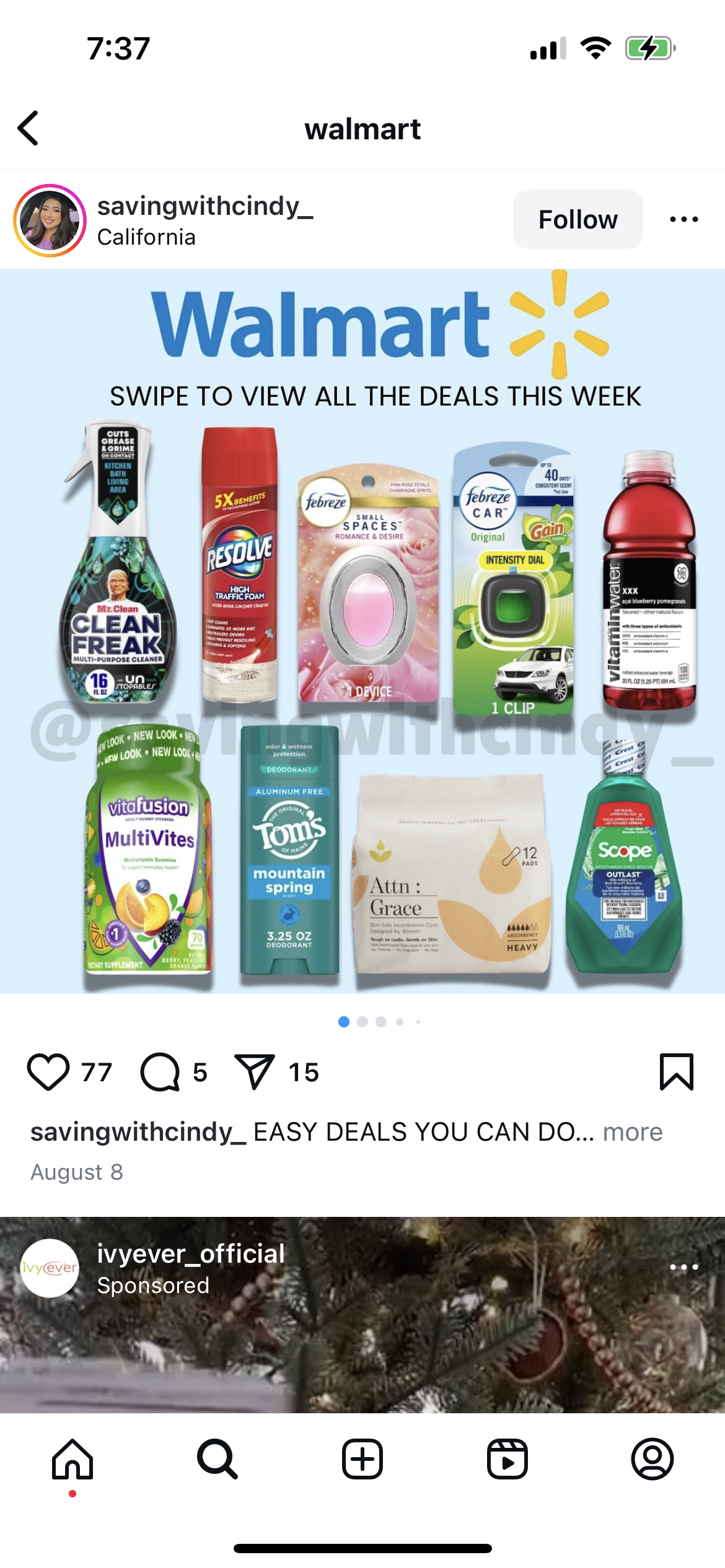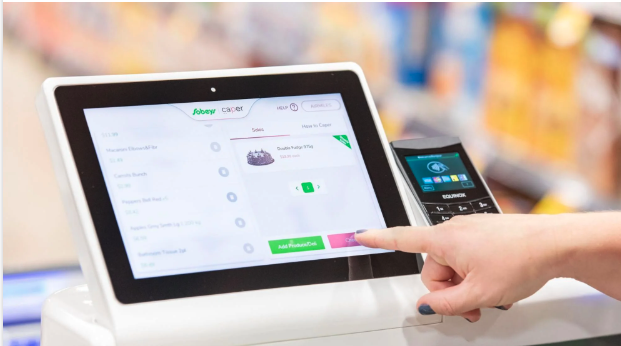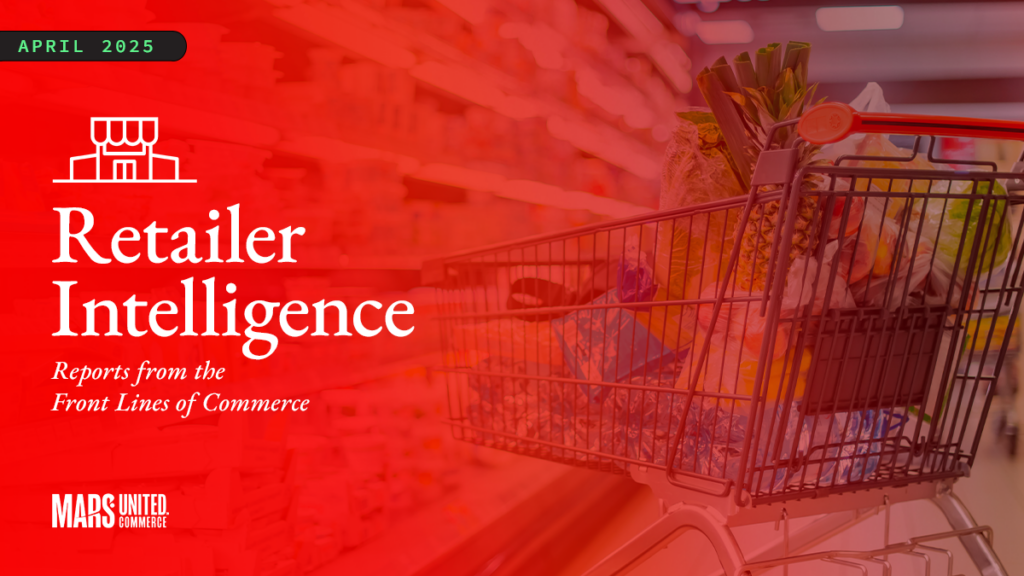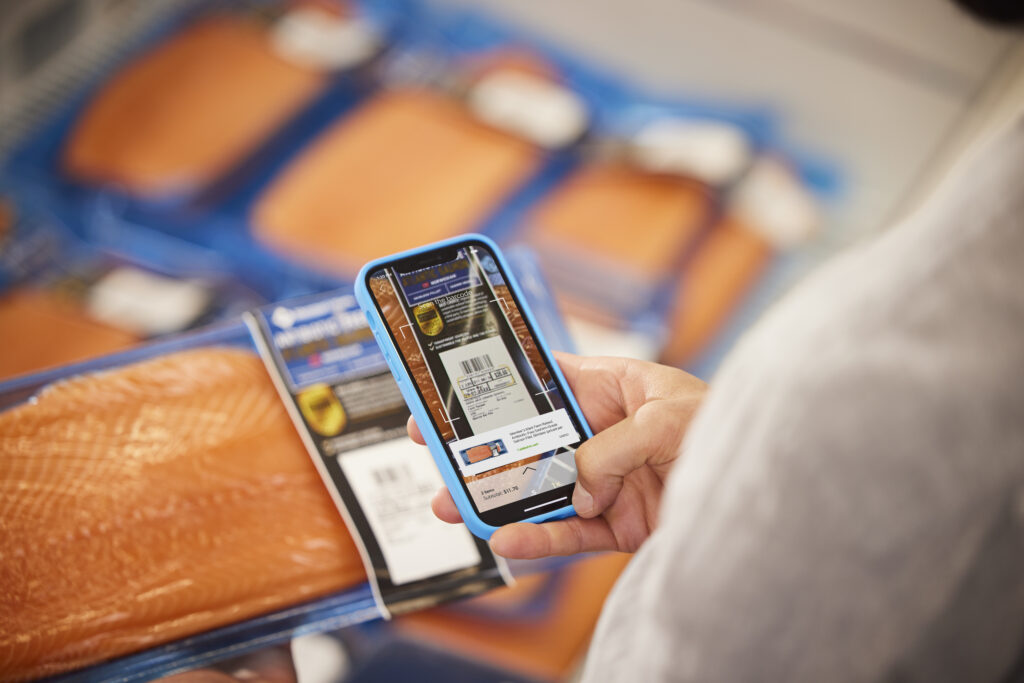Advice for retail media networks as they expand to full-funnel advertising opportunities
By Michele Roney, Mars UnitedSM Commerce
Onsite media has provided a natural foundation for the opportunities that retail media networks offer brand advertisers. Retailers have spent a lot of time getting their websites and other digital properties in order; they know where and how their customers shop onsite, and they’ve learned how to package, sell, and deliver those media opportunities to advertisers.
These networks are now broadening their horizons to envelop a full-funnel strategy by adding offsite and in-store opportunities, where they often have a more limited understanding of what is required to develop effective media.

Offsite media is slightly more refined because most digital partners have the necessary tools in place to target audiences and measure results using the network’s first-party data. Social media opportunities have been predominant, with nearly every network partnering with Meta and a lot working with Pinterest, too.
In-store media is much less developed. There currently is no targeting or audience segmentation available, and sophisticated measurement capabilities are in short supply, too. Despite its significant potential, these drawbacks make in-store media an evolving space.
One priority for retailers when developing both offsite and in-store media is to ensure that the offerings will be relevant to their unique environment and enhance the customer experience — rather than being “check the box” opportunities taken from an industry-wide roadmap. Just because they can offer a particular media opportunity doesn’t mean they should. Relevance to the customer experience is what will make these opportunities valuable and effective for brand advertisers as well.
It’s critical for retailers to determine which opportunities will be right for their business, their customers, and their advertisers. Ads on Pinterest, for example, might not make sense for convenience stores based on the channel’s unique trip missions and shopper base, but they might be highly effective for reaching customers of a mass merchant. On the flip side, in-store radio might be ideal for the close confines of a c-store but much less efficient in a superstore.
Here are some other key considerations:
Advertiser need: Retail media networks need to understand their advertisers as much as their customers. They should open a dialogue to learn their brand partners how they want to reach shoppers and what media may or may not be working at other networks. They also should provide clear insights into why their opportunities align with the specific characteristics of the channel, the customer base, and their broader business goals.
Measurability: Right now, all the industry’s best practices in measurement are in the digital space. While a lot of progress has been made, networks must continue evolving their capabilities to deliver the measurement and reporting tools that advertisers need to fully understand campaign impact and validate their investment. And no one has figured out in-store measurement yet — although there are some innovations on the horizon that could improve things considerably.

Scalability: Brand advertisers have limited resources. Quite frankly, they don’t have budgets large enough to invest in dozens of networks. The value of any retail media opportunity — onsite, offsite, in-store — resides in the audience it delivers. As it is with any media buy, scale is important, as is consistent audience growth. However, retailers that don’t have volume can still stand out in the marketplace if they have a unique audience that can’t easily be reached through other media.
Retailers must also be prepared to continuously experiment with their media offerings. They need to foster collaborative relationships and offer “test-and-learn” opportunities to brand partners, allowing them to explore their options and provide feedback on ways to improve.
Mars United has already been part of numerous cases where this kind of collaboration has produced beneficial results for both networks and advertisers — not to mention the shoppers they’re trying to influence. And retail media can’t be effective unless it’s driving benefits for all three.
About the Author

As EVP at Mars United Commerce, Michele Roney leads the Retailer CX business, which helps retailers drive growth through marketing, customer experience design, and the creation, operationalization, and monetization of retail media networks. A 32-year company veteran with experience across retail marketing, media and promotion, she has led the ground-up development, management and support of leading networks both in the U.S. and Canada.



